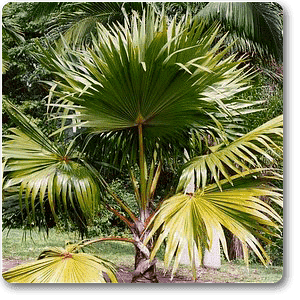
Red Latan Palm, Latania Lontaroides - Plant
(MRP Inclusive of all taxes)
- Shipping ₹79 for entire order
- Dispatch in 7 days
- Country of origin: India

(MRP Inclusive of all taxes)
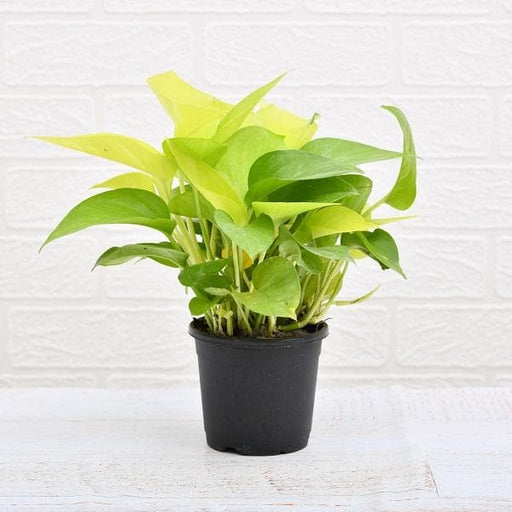 Save 29%
Save 29%
Air Purifier Money Plant with Pot The Air Purifier Money Plant, also known as Pothos or Epipremnum aureum, is a stunning indoor plant that...
View full details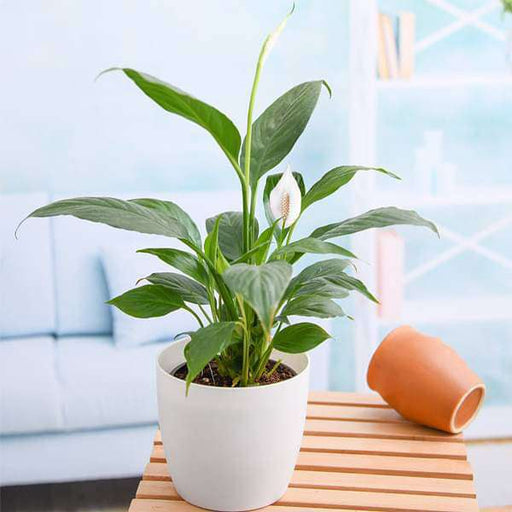
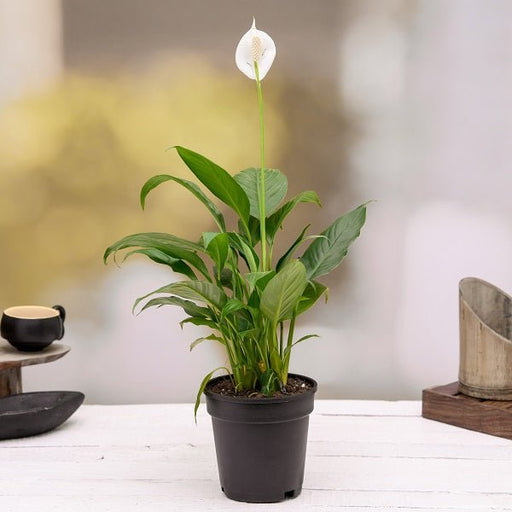 Save up to 15%
Save up to 15%
Peace Lily, Spathiphyllum - Plant The Peace Lily, scientifically known as Spathiphyllum, is a stunning houseplant celebrated for its elegant white...
View full details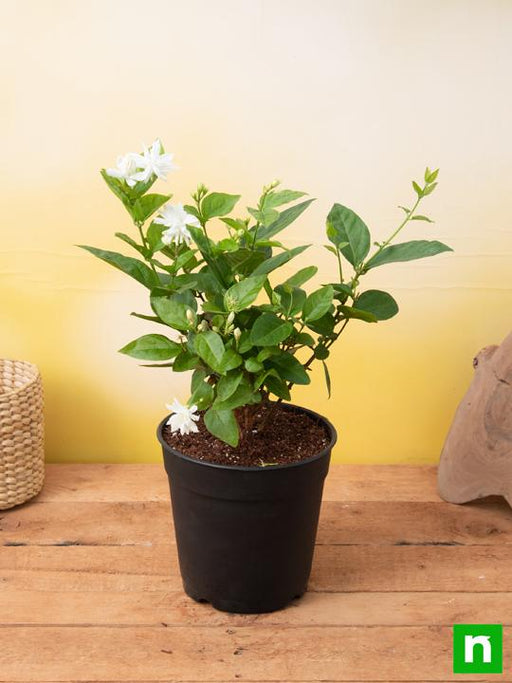
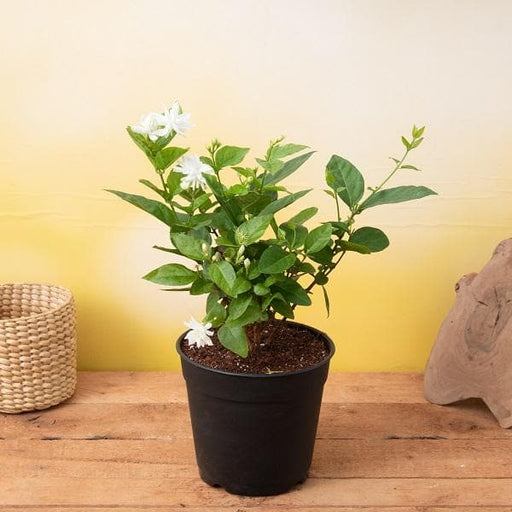 Save 25%
Save 25%
Jasminum sambac, Mogra, Arabian Jasmine - Plant Jasminum sambac, commonly known as Mogra or Arabian Jasmine, is a fragrant flowering plant...
View full details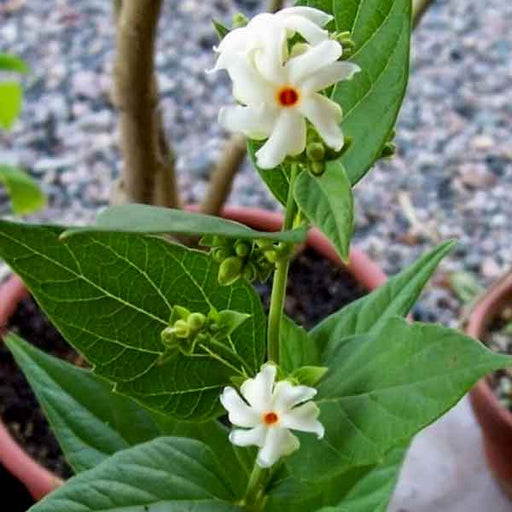
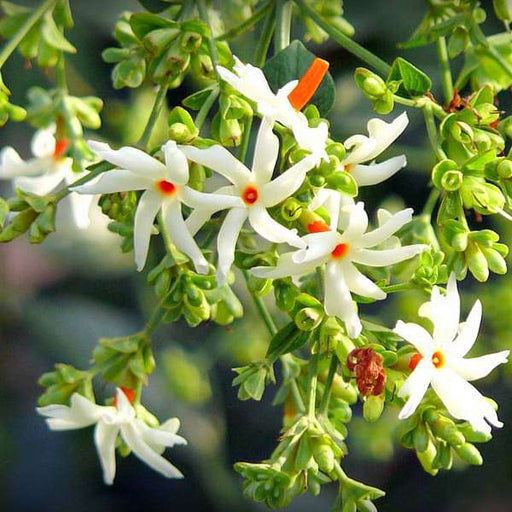 Save 18%
Save 18%
Combo Constituents Includes the Parijat Tree (Night-Flowering Jasmine), a culturally significant plant with fragrant flowers. Description The Pari...
View full details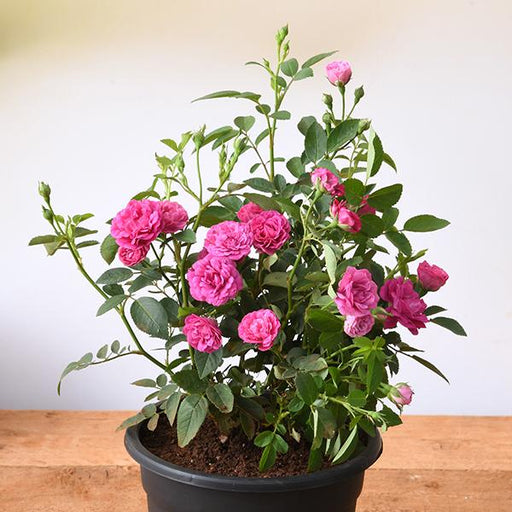
 Save 25%
Save 25%
Miniature Rose, Button Rose (Any Color) - Plant The Miniature Rose, also known as the Button Rose, is a charming and compact flowering plant that ...
View full details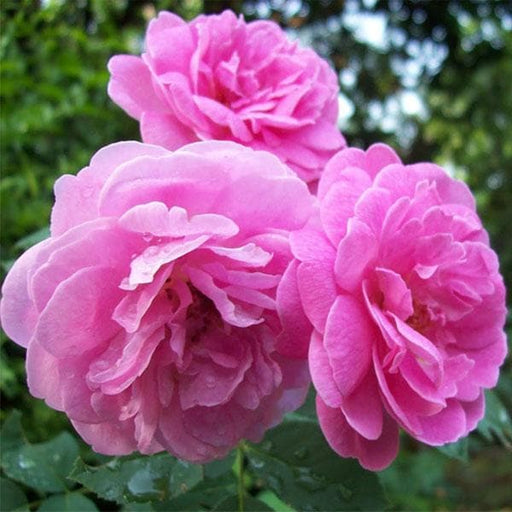 Save 25%
Save 25%
Damascus Rose, Scented Rose (Any Color) - Plant The Damascus Rose, also known as Rosa damascena, is a timeless symbol of beauty and romanc...
View full details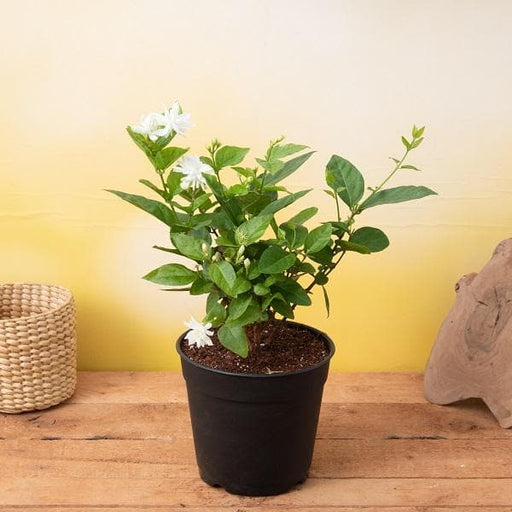
 Save 17%
Save 17%
Beautiful Fragrant Mogra, Arabian Jasmine Plant with Pot The Beautiful Fragrant Mogra, also known as Arabian Jasmine (Jasminum sambac), is...
View full details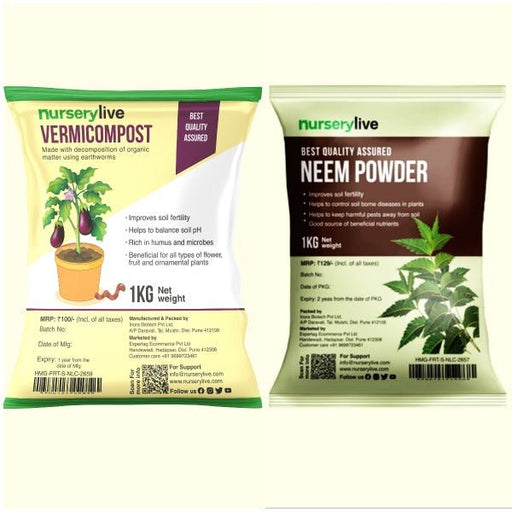 Save 15%
Save 15%
Pack of Vermicompost and Neem Cake for House Plants Transform your indoor garden with our premium Pack of Vermicompost and Neem Cake, spec...
View full details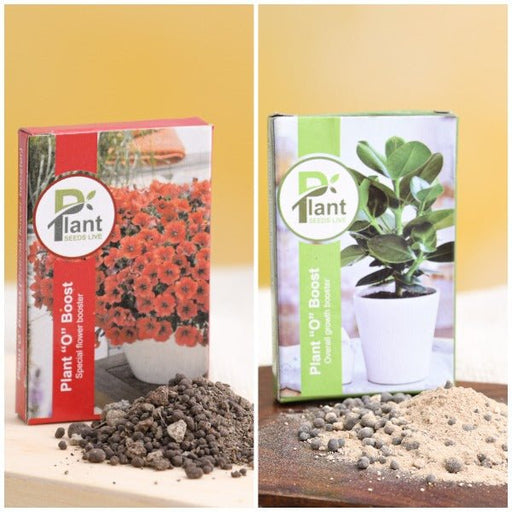
Pack of Plant Growth and Flower Boosters Unlock the full potential of your garden with our Pack of Plant Growth and Flower Boosters! This ...
View full details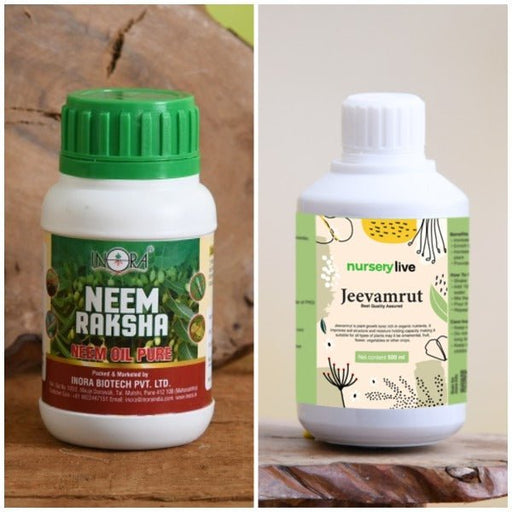 Save 38%
Save 38%
Combo of Jeevamrut and Neem Raksha for Easy Growth and Protection of Houseplants Transform your indoor garden with our exclusive combo of ...
View full details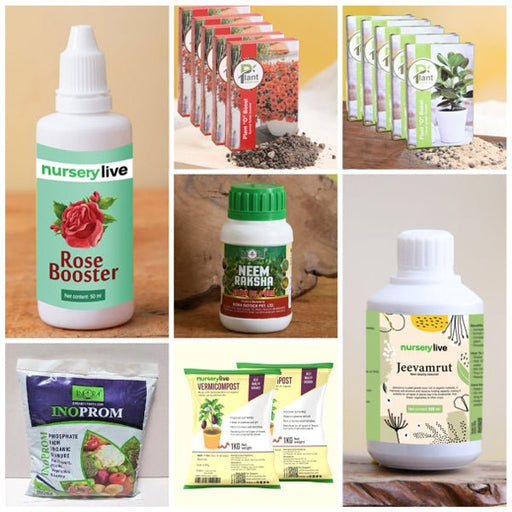 Save 22%
Save 22%
Plant Nutrients Kit (Pack of 16) for a Healthy Garden Transform your garden into a lush paradise with our Plant Nutrients Kit, featuring 1...
View full details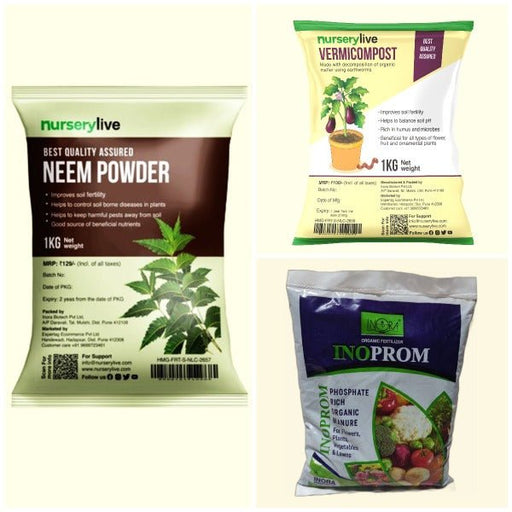 Save 16%
Save 16%
Combo of Top Plant Fertilizers Elevate your gardening game with our exclusive Combo of Top Plant Fertilizers, featuring two bags of premiu...
View full details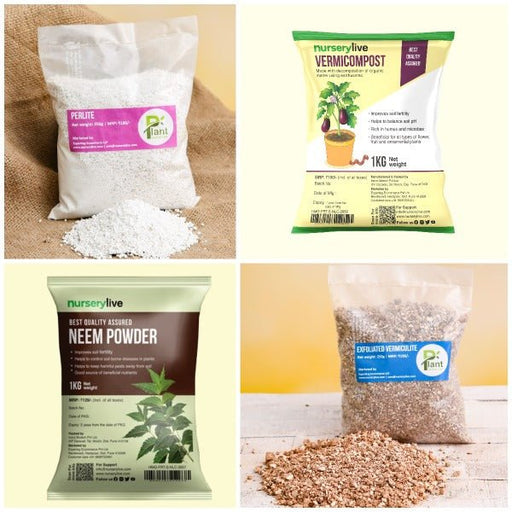 Save 24%
Save 24%
Pack of 4 Additives to Make Soil Healthy and Nutrient Rich Transform your garden into a thriving ecosystem with our Pack of 4 Additives de...
View full details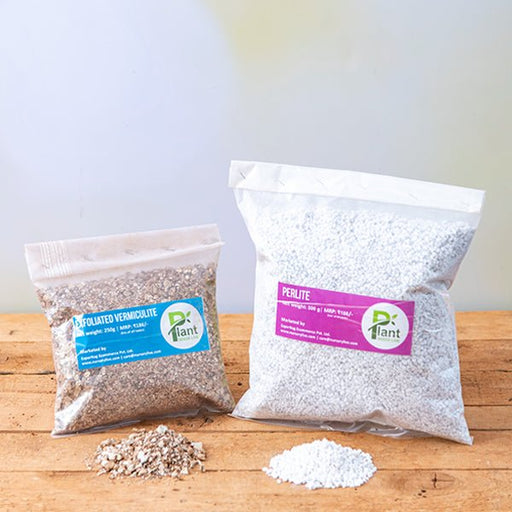 Save 30%
Save 30%
Transform your gardening experience with our premium Combo of Perlite and Vermiculite. This unique blend is designed to enhance soil aeration and ...
View full details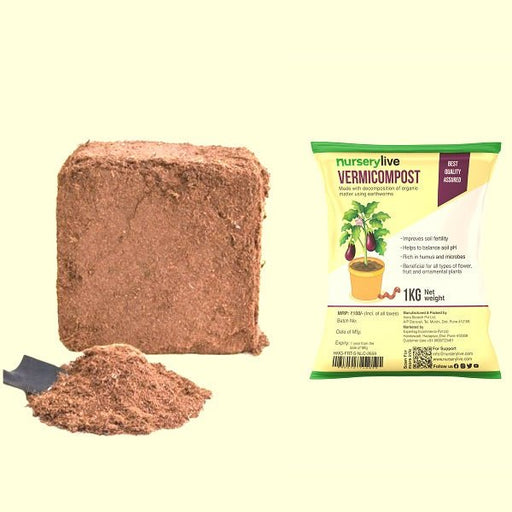 Save 27%
Save 27%
Combo of 2 Vermicompost and Cocopeat - Enrich Your Soil Naturally! Transform your garden into a thriving ecosystem with our Combo of 2 Ver...
View full details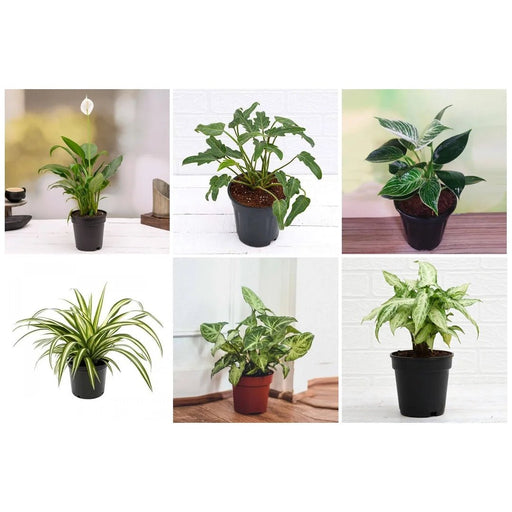
 Save 35%
Save 35%
Best 6 Plants for Perfect Indoor Garden Transform your living space into a lush oasis with our curated collection of the Best 6 Plants for a...
View full details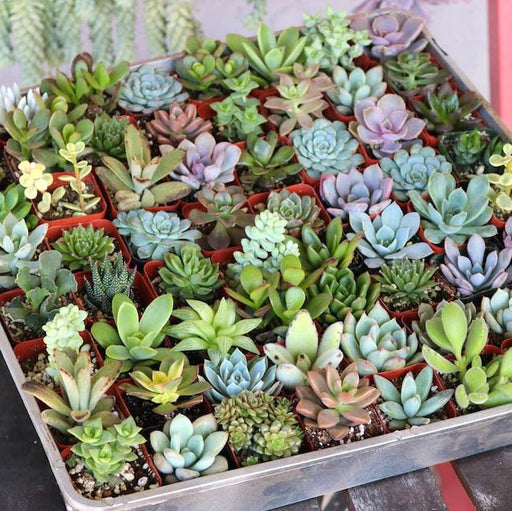
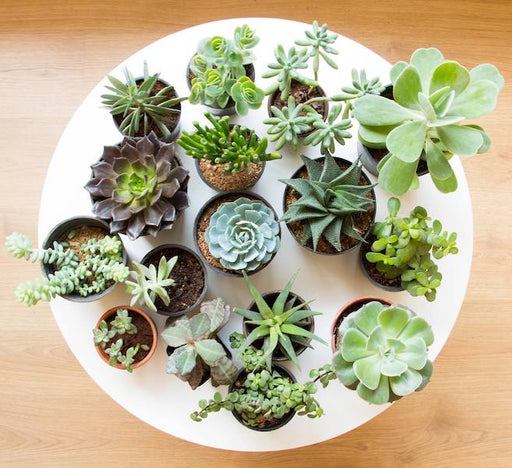 Save up to 50%
Save up to 50%
Mini Succulent Garden Pack Transform your space with our Mini Succulent Garden Pack, featuring a delightful collection of 4 any variety beautiful s...
View full details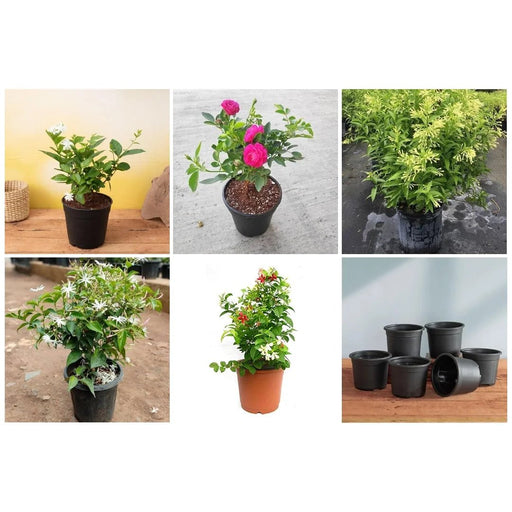
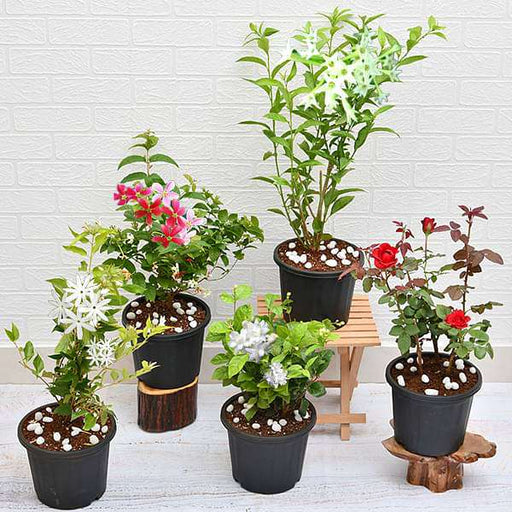 Save 30%
Save 30%
5 Best Fragrant Plants Transform your garden or indoor space into a fragrant paradise with our curated selection of the 5 Best Fragrant Plants. Th...
View full details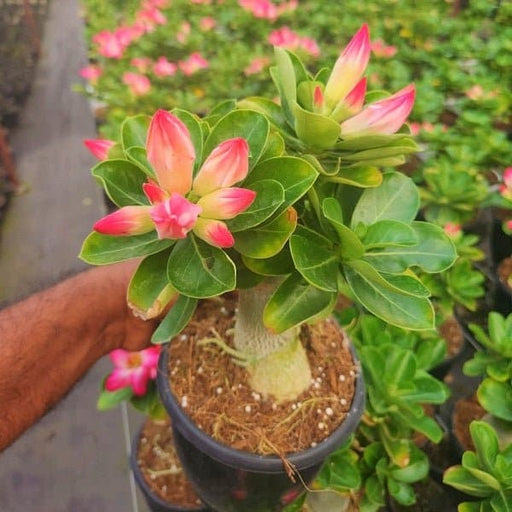
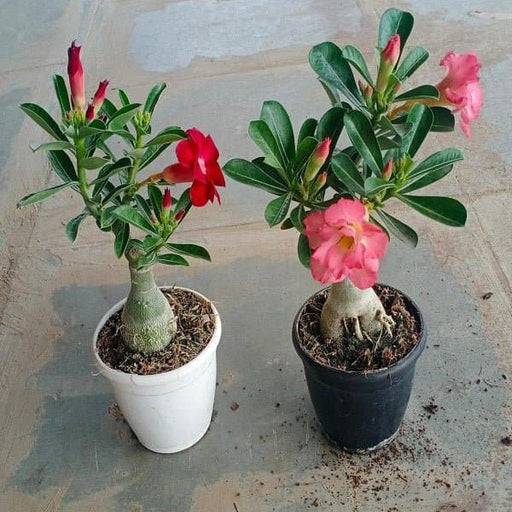 Save 24%
Save 24%
Set of 2 Bonsai Looking Grafted Adeniums Transform your indoor or outdoor space with our exquisite Set of 2 Bonsai Looking Grafted Adenium...
View full details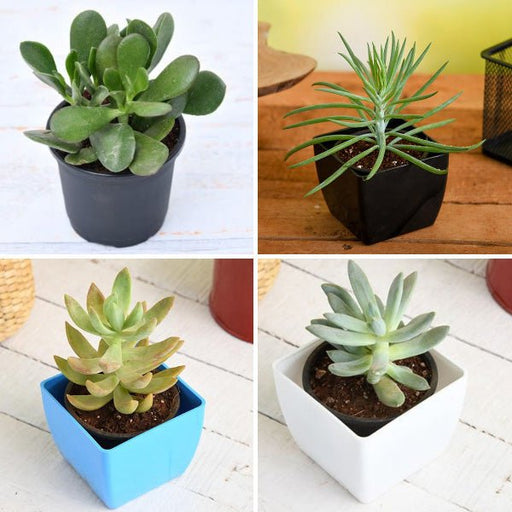 Save 45%
Save 45%
Top 4 Die Hard Succulents Pack Transform your indoor or outdoor space with our Top 4 Die Hard Succulents Pack, featuring a curated selecti...
View full details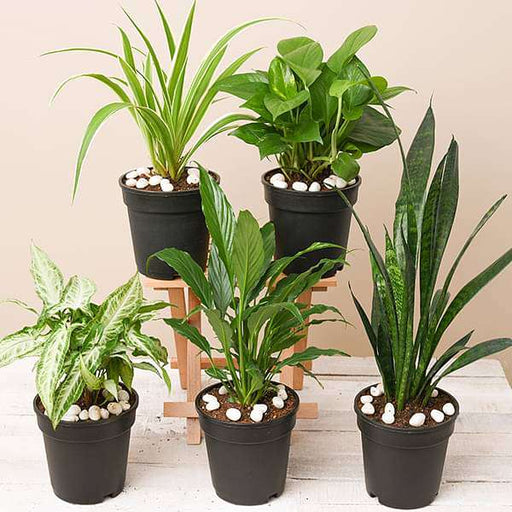
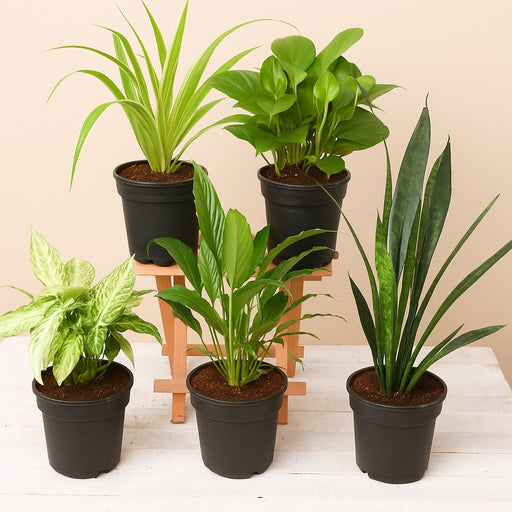 Save 30%
Save 30%
5 Best Indoor Plants Pack Transform your living space into a lush oasis with our '5 Best Indoor Plants Pack.' This carefully curated collection fe...
View full details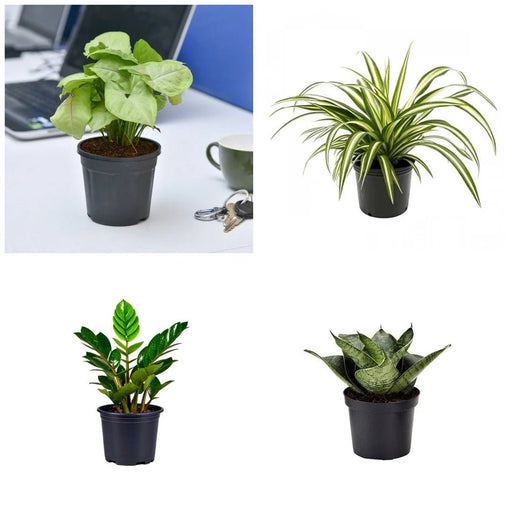
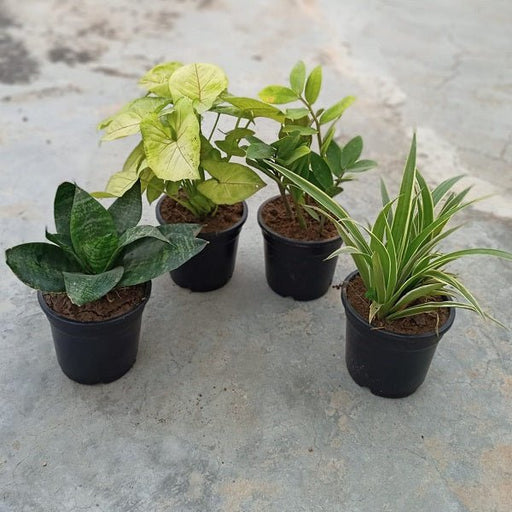 Save 25%
Save 25%
Set of 4 Evergreen Air Purifier Plant Pack Transform your indoor space into a lush, green oasis with our Set of 4 Evergreen Air Purifier Pla...
View full details| SrNo | Item Name |
|---|---|
| 1 | Red Latan Palm, Latania Lontaroides - Plant |
The Red Latan Palm, scientifically known as Latania lontaroides, is a stunning tropical plant native to the islands of the Indian Ocean. With its striking fan-shaped leaves and vibrant red petioles, this palm adds a touch of exotic beauty to any garden or indoor space. Known for its resilience and adaptability, the Red Latan Palm can thrive in various environments, making it a favorite among plant enthusiasts.
What makes the Red Latan Palm special is its unique coloration and architectural form. The leaves can grow up to 5 feet wide, creating a dramatic focal point in landscaping. Additionally, this palm is relatively low-maintenance, making it an excellent choice for both novice and experienced gardeners.
One of the standout features of the Red Latan Palm is its ability to purify the air, contributing positively to indoor environments. Its striking appearance and air-purifying qualities make it a perfect addition to homes, offices, and public spaces.
The Red Latan Palm plays a vital role in its native ecosystem by providing habitat and food for various species. Its ability to sequester carbon makes it an excellent choice for environmentally conscious gardeners looking to enhance biodiversity and combat climate change.
If you think caring for a Red Latan Palm is as easy as watering a cactus, think again! This tropical diva demands attention, sunlight, and just the right amount of humidity. Treat her well, and she’ll reward you with stunning fronds that scream, “Look at me!” Neglect her, and you might find her sulking in the corner, plotting her revenge.
Who knew that a plant could be so beneficial? The Latania Lontaroides isn’t just a pretty face; it’s a natural air purifier, a humidity booster, and a conversation starter. Invite friends over, and watch them marvel at your exotic plant while you casually drop facts about its air-cleaning prowess.
Want to bring a slice of the tropics indoors? The Red Latan Palm is your ticket to paradise! Just remember, it’s not a fan of cramped spaces. Give it room to stretch its legs—err, fronds—and watch it thrive.
The Red Latan Palm is a bit of a soil snob. It prefers well-draining, nutrient-rich soil that feels like a luxurious spa for its roots. If you’re using garden soil, make sure it’s mixed with some sand or perlite to keep things airy.
Watering this palm is an art form. Too much, and you’ll drown it; too little, and it’ll be waving a white flag. Aim for a balance—let the top inch of soil dry out before giving it a drink. Your palm will thank you with lush, green fronds.
Propagating the Latania Lontaroides is like playing plant matchmaker. You can try seeds or division, but be prepared for a bit of a waiting game. Patience is key, and soon you’ll have a mini palm army ready to take over your living room.
Like any diva, the Red Latan Palm can attract unwanted attention from pests. Keep an eye out for spider mites and scale insects. A little neem oil goes a long way in keeping these party crashers at bay.
The Red Latan Palm is a sun worshipper, but it doesn’t want to be scorched. Bright, indirect light is its jam. Too much direct sunlight, and you’ll find it wilting faster than a bad date.
This palm loves a good meal, so don’t skimp on the fertilizer. A balanced, slow-release fertilizer during the growing season will keep it happy and healthy. Just don’t overdo it; too much food can lead to a case of the “burnt tips.”
The Latania Lontaroides is in it for the long haul. With proper care, it can live for decades, becoming a cherished member of your plant family. Just think of all the memories you’ll create together—like that time it almost died because you forgot to water it.
Looking to spice up your garden? The Red Latan Palm is a showstopper that can elevate any landscape design. Use it as a focal point or plant it in clusters for a tropical vibe that’ll make your neighbors green with envy.
In the world of palms, the Red Latan stands out like a peacock at a pigeon convention. While other palms may be more common, the Latania Lontaroides brings a unique flair that’s hard to resist. It’s the perfect choice for those who want to make a statement!
This tropical beauty, also known as the Red Latan Palm, is a stunning plant native to the islands of the South Pacific. With its fan-shaped leaves and striking red petioles, it’s like the diva of the plant world, demanding attention and admiration wherever it grows.
Caring for your Red Latan Palm is like nurturing a celebrity—give it bright, indirect light, keep the soil moist but not soggy, and provide humidity. It thrives in warm temperatures, so don’t let it chill out too much. Just remember, it’s a palm, not a snowman!
Absolutely! The Red Latan Palm can be a fabulous indoor companion. Just ensure it has enough space to spread its glorious leaves and a spot with bright, indirect sunlight. It’ll bring a touch of tropical flair to your living room, making you feel like you’re on a permanent vacation.
Your Red Latan Palm craves well-draining soil that’s rich in organic matter. Think of it as a plant that enjoys a luxurious spa treatment—loamy, airy, and not too heavy. A mix of potting soil and perlite will keep it happy and thriving, just like a day at the beach!
Water your Red Latan Palm when the top inch of soil feels dry, like a thirsty diva waiting for her next drink. Typically, this means every 1-2 weeks, but it depends on your home’s humidity. Just don’t drown it; it’s a palm, not a fish!
Yes, your Red Latan Palm loves a good meal! Feed it with a balanced liquid fertilizer every month during the growing season. Think of it as a gourmet dining experience—just the right amount of nutrients to keep it vibrant and healthy, without overindulging.
Keep an eye out for pesky critters like spider mites and scale insects. They’re like uninvited guests at a party, and nobody likes that! Regularly inspect your palm and treat any infestations promptly with insecticidal soap or neem oil to keep your plant’s social life drama-free.
Propagating your Red Latan Palm is a bit tricky, but not impossible! The best method is through seeds, which can take a while to germinate. It’s like waiting for a blockbuster movie to come out—patience is key! Just ensure you provide warmth and moisture for those little seeds to sprout.
Good news for pet parents! The Red Latan Palm is non-toxic to cats and dogs, making it a safe choice for your furry friends. It’s like having a plant that’s a great roommate—no toxic drama, just good vibes and a touch of tropical elegance in your home.
The Red Latan Palm can reach heights of up to 20 feet in its natural habitat, but indoors, it usually stays a bit shorter. Think of it as a plant with aspirations—growing tall and proud, but still knowing when to keep it cozy in your living space.
Your Red Latan Palm prefers warm temperatures, ideally between 70°F to 85°F. It’s like a sunbather, soaking up the warmth and avoiding chilly drafts. Keep it away from cold windows and air conditioning vents, or it might just throw a tantrum!
Patience is a virtue with the Red Latan Palm! It can take several years to reach its full glory, typically around 5-10 years. Think of it as a slow-blooming romance—worth the wait for that stunning, mature beauty that will steal the show in your garden!